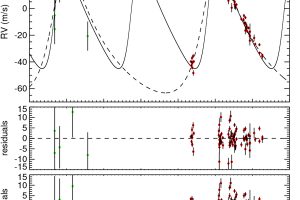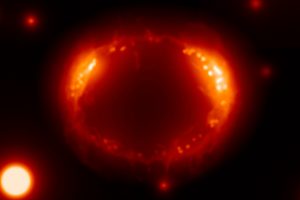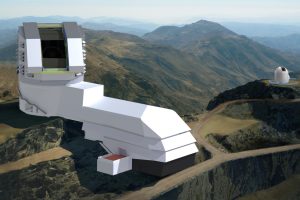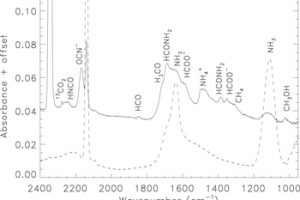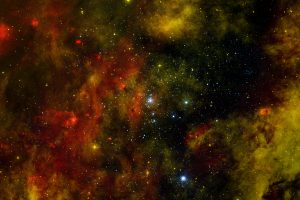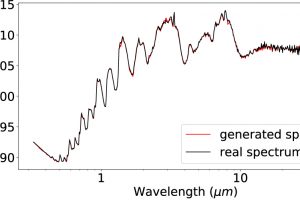Three super-Earth for a star. The study “Masses and radii for the three super-Earths orbiting GJ 9827, and implications for the composition of small exoplanets” of K. Rice (University of Edinburgh) published by MNRAS
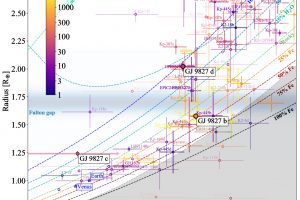
Super-Earths are exoplanets with radii between that of the Earth and that of Neptune (about 4 times the radius of the Earth), and with orbital periods smaller than 100 days. Although the Solar System does not host a similar planet, super-Earths are actually common in the Milky Way. This type of exoplanet is also interesting since they populate a gap
» Read more
